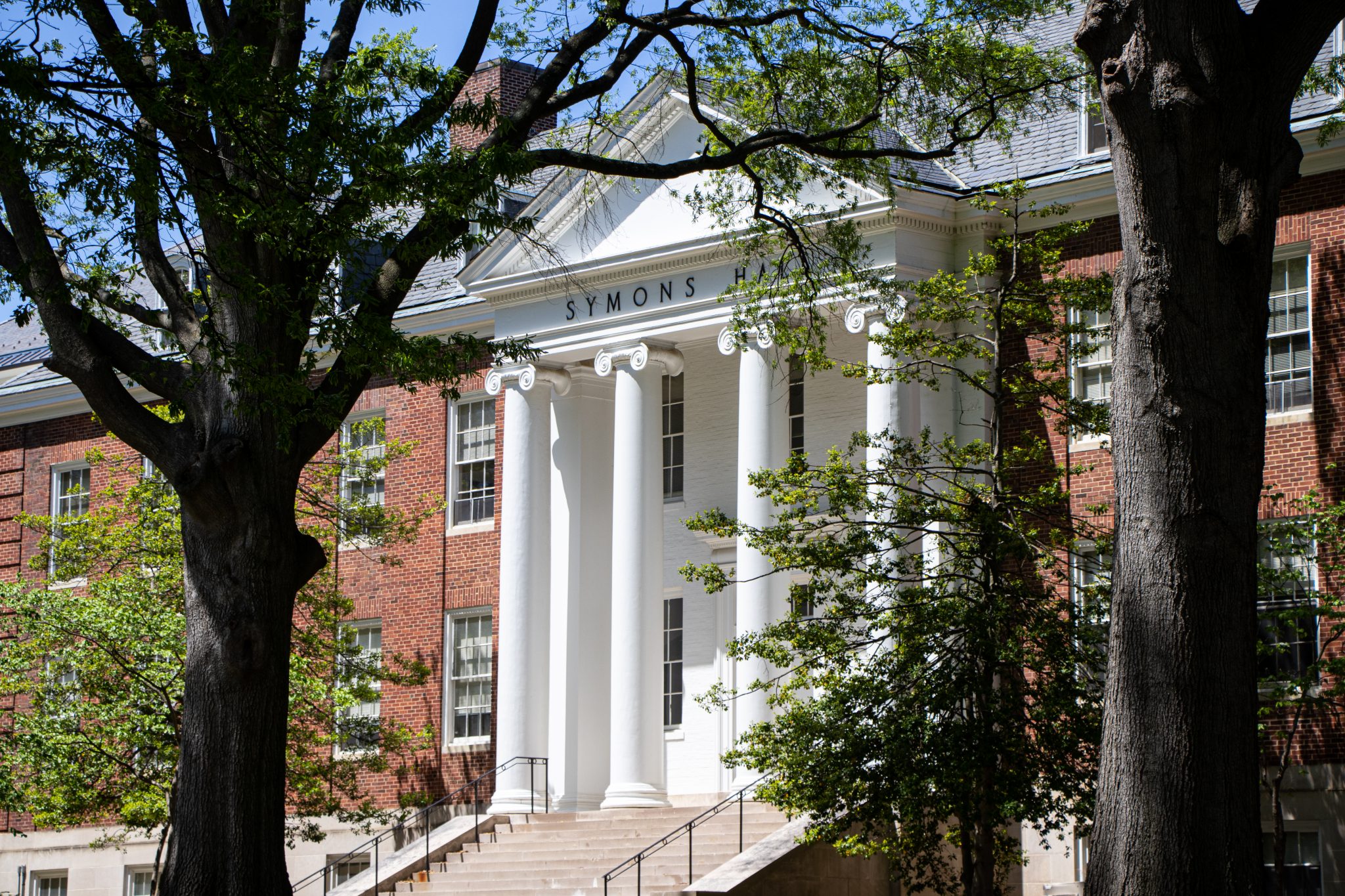The University of Maryland is working to create a plan for how research will return to campus amid the coronavirus outbreak.
Vice president of research Laurie Locascio will be presenting university President Wallace Loh recommendations on Wednesday from a campus task force about when and how researchers will be allowed back on campus.
Locascio said the recommendations will include a phased approach — a process similar to the one implemented by Maryland Gov. Larry Hogan to reopen the state’s economy. The process will start with an evaluation of how equipped the campus is to prevent the spread of the coronavirus, Locascio said. After that, some researchers will be allowed back on campus.
“Health and safety are the number one consideration,” Locascio said.
Research restrictions have been in place since March 21 and are set to expire this Friday. Under the current guidelines, university researchers are only permitted on campus to monitor sensitive equipment and resources — such as animals used in experiments — or to conduct research directly related to COVID-19, said Wolfgang Losert, the associate dean for research at the computer, mathematical, and natural sciences college.
[Read More: These UMD researchers are using phone, vehicle data to identify social distancing trends]
The university will evaluate the availability of personal protective equipment on campus, set up stations with disinfectant across campus and have staff use contact tracing apps that will make it easier to figure out who someone with COVID-19 may have been in contact with, among other actions.
The university is also considering asking researchers to stagger when they work in their laboratory to reduce the density of researchers in a given space, Locascio said. However, there will still need to be support staff available in case of an emergency.
Locascio said she doesn’t know when more research staff will be allowed back on campus, but the university is trying its best to support graduate students and non-tenured faculty.
“Those are two vulnerable populations in terms of the points they are in their careers, and we want to make sure that we can help them to be successful,” Locascio said.
Undergraduate students are likely to be the last people allowed back into research laboratories, Locascio said.
[Read More: USM assembles COVID-19 task force to mobilize research, guide state policy]
However, the Maryland Center for Undergraduate Research has been working to continue to engage undergraduates in the research process remotely, said Francis DuVinage, the center’s director. For example, the office has allowed undergraduates in its upcoming Summer Scholars program — where students traditionally assist with research on campus — to modify their original research projects so they can be completed from home.
“I have been impressed by students and their mentors’ ability to modify what they are doing in a new and exciting way,” DuVinage said.
Since the research restrictions went into effect, researchers at this university have had to adjust the way they complete their work, whether that means coming to campus to conduct COVID-19 research or transitioning to remote research.
From home, researchers have been able to analyze data, perform literature reviews and draft reports about data.
Still, even research that can be completed remotely has been difficult, said Meredith Brown, a graduate student studying geographical sciences.
“Not having an easy way to have ad hoc meetings and coffee breaks has been draining as the months have gone on,” Brown said. “I miss the social aspect of the office.”



